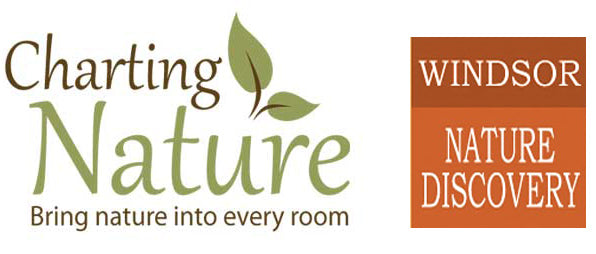What You Need to Know Before You Buy that Vintage Botanical Print!
 The most common source of vintage botanical prints is the pages of 18th and 19th century manuals, weekly magazines, and monthly periodicals devoted to gardening and horticulture. Some vendors sell the actual pages from these vintage books as antique art. The problem with that approach is that there is a finite number of these original pages and sooner or later they will run out.Most commonly, however, the pages are scanned and stored in digital form. The digital images are then available for printing. If the print is scanned at a low resolution, the print will lack detail and look grainy and faded so the original scan quality is important. For best results, images should be scanned at a high resolution to capture the greatest print detail. Once in digital form, images can be printed directly from these scans and many of the prints available on the internet are just that: unretouched and unrestored raw scans. Unfortunately, these book pages are sometimes faded and have blemishes caused by handling, age, and environmental conditions. The images usually need some degree of digital restoration.
The most common source of vintage botanical prints is the pages of 18th and 19th century manuals, weekly magazines, and monthly periodicals devoted to gardening and horticulture. Some vendors sell the actual pages from these vintage books as antique art. The problem with that approach is that there is a finite number of these original pages and sooner or later they will run out.Most commonly, however, the pages are scanned and stored in digital form. The digital images are then available for printing. If the print is scanned at a low resolution, the print will lack detail and look grainy and faded so the original scan quality is important. For best results, images should be scanned at a high resolution to capture the greatest print detail. Once in digital form, images can be printed directly from these scans and many of the prints available on the internet are just that: unretouched and unrestored raw scans. Unfortunately, these book pages are sometimes faded and have blemishes caused by handling, age, and environmental conditions. The images usually need some degree of digital restoration. Many low-quality prints on the market are not printed with fade and water-resistant inks and are printed on low quality paper. They can quickly fade, smudge, and lose color accuracy. Make sure that prints are printed with high quality archival inks on acid free paper and on a high quality ink jet printer. This process is know as Giclee printing and is one of the best print reproduction methods available.
Many low-quality prints on the market are not printed with fade and water-resistant inks and are printed on low quality paper. They can quickly fade, smudge, and lose color accuracy. Make sure that prints are printed with high quality archival inks on acid free paper and on a high quality ink jet printer. This process is know as Giclee printing and is one of the best print reproduction methods available. When buying multiples or sets of prints, an issue you may encounter is that the prints you choose may be from different artists, different time periods, different publications and were originally printed on different paper types with different backgrounds. Caption fonts displayed are never consistent in type, size, color or intensity. Every vendor deals with this issue separately and it is a serious consideration.
